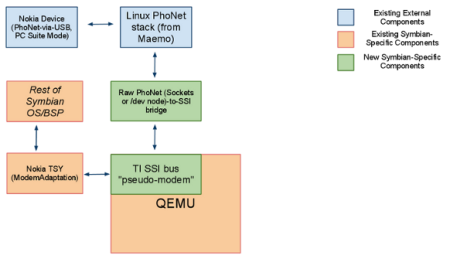With the recent news of the Symbian Foundation board of directors deciding to gradually reduce the scope of the organisation to that of a mere licensing body, and talk of the community Websites closing imminently, there has understandably been somewhat of an uproar within this small-yet-vocal community.
A case in point being a post and poll from Julien Fourgeaud on his blog, which spawned this frantic discussion on the DevCo mailing list.
Despite reassurances of plans to make content available to the public (including mailing list posts if desired, from what I’ve been told), there’s still a great deal of uncertainty over what the future holds for not only the codebase and supporting resources, but for the incredible community that has coalesced around it over the past 2 years or so.
Because I consider the Symbian Platform codebase to be a rich, valuable resource for learning from and working with; and believe that it deserves to be publicly accessible in some way for both current developers, and for future generations, I have taken an interim step to preserve a large subset of it.
Over the past few days, I’ve started a Google Code project that initially aimed to preserve the “incubation project” repositories primarily, as they were the most vulnerable due to being transient in nature; although it now also hosts copies of the Kernel & Hardware Services, and Classic UI FCL repositories.
There’s obviously no point in listing every single repository here, although the majority of the “incubation project” ones should be covered; and I’ve also provided copies of various licensing documents for future reference.
With that in mind, I’ve kept things open-ended – because I don’t know how others will want to use these resources.
If others feel like working within the repositories and using the project’s wiki and issue tracker resources, I’m happy to open them up.
Of course, if others feel like downloading or cloning the repositories to fork them, I won’t complain – after all, it means that the codebase continues to spread in a healthy manner!
If there’s interest, I’m also willing to work with the Symbian Foundation team on a transition/temporary migration plan, whilst the situation with Nokia is resolved.
All aside, I hope that others enjoy using these resources as much as I did making them available; and I wish everyone involved during these difficult times the best of luck! 🙂
